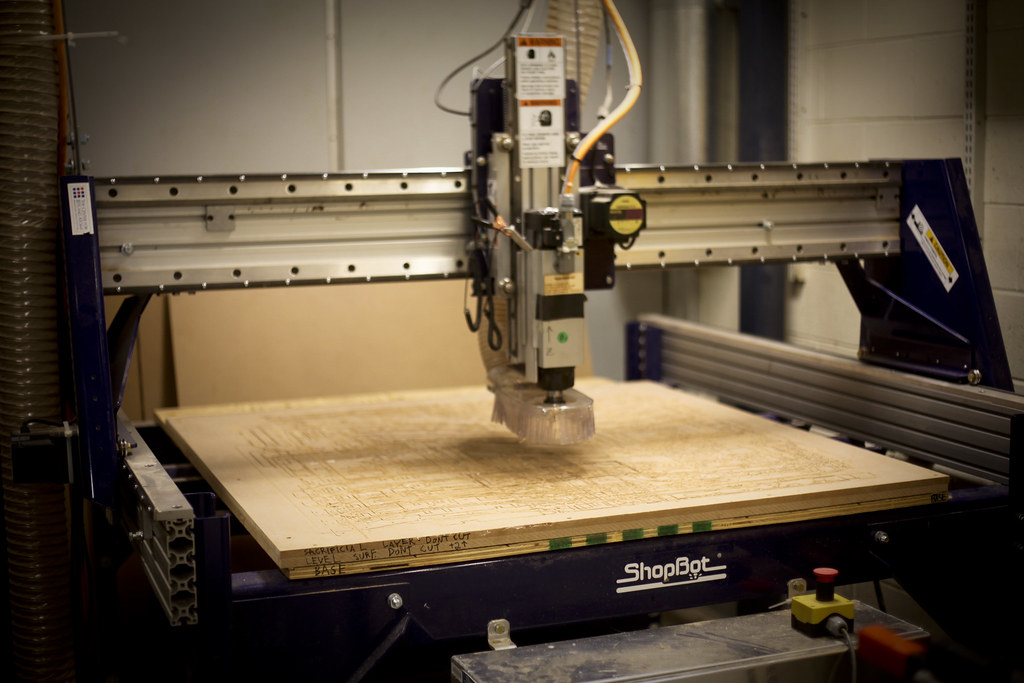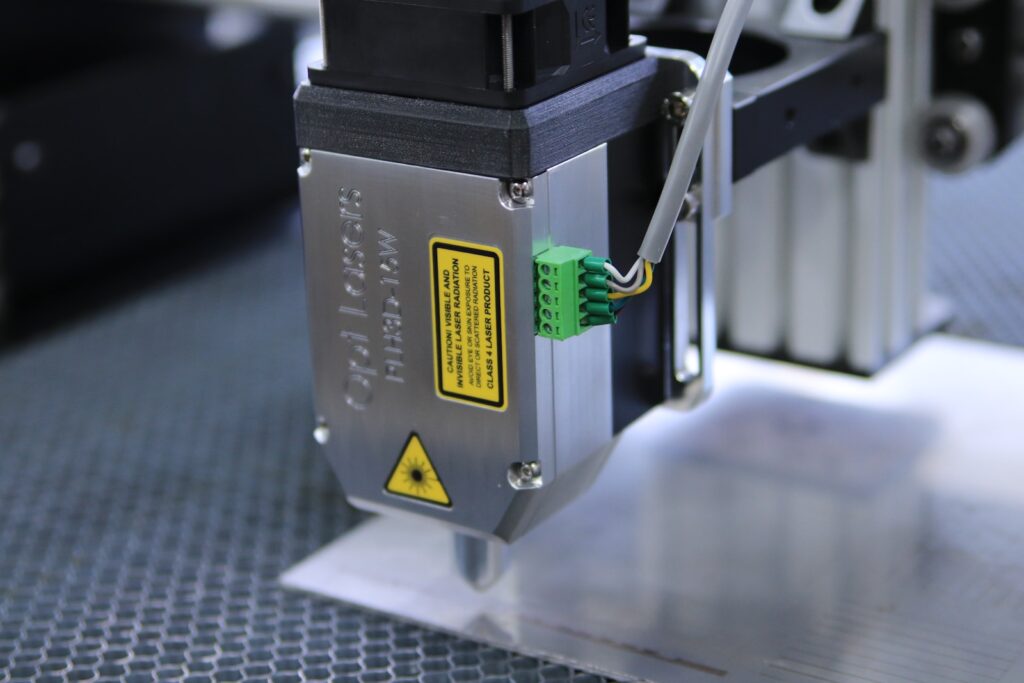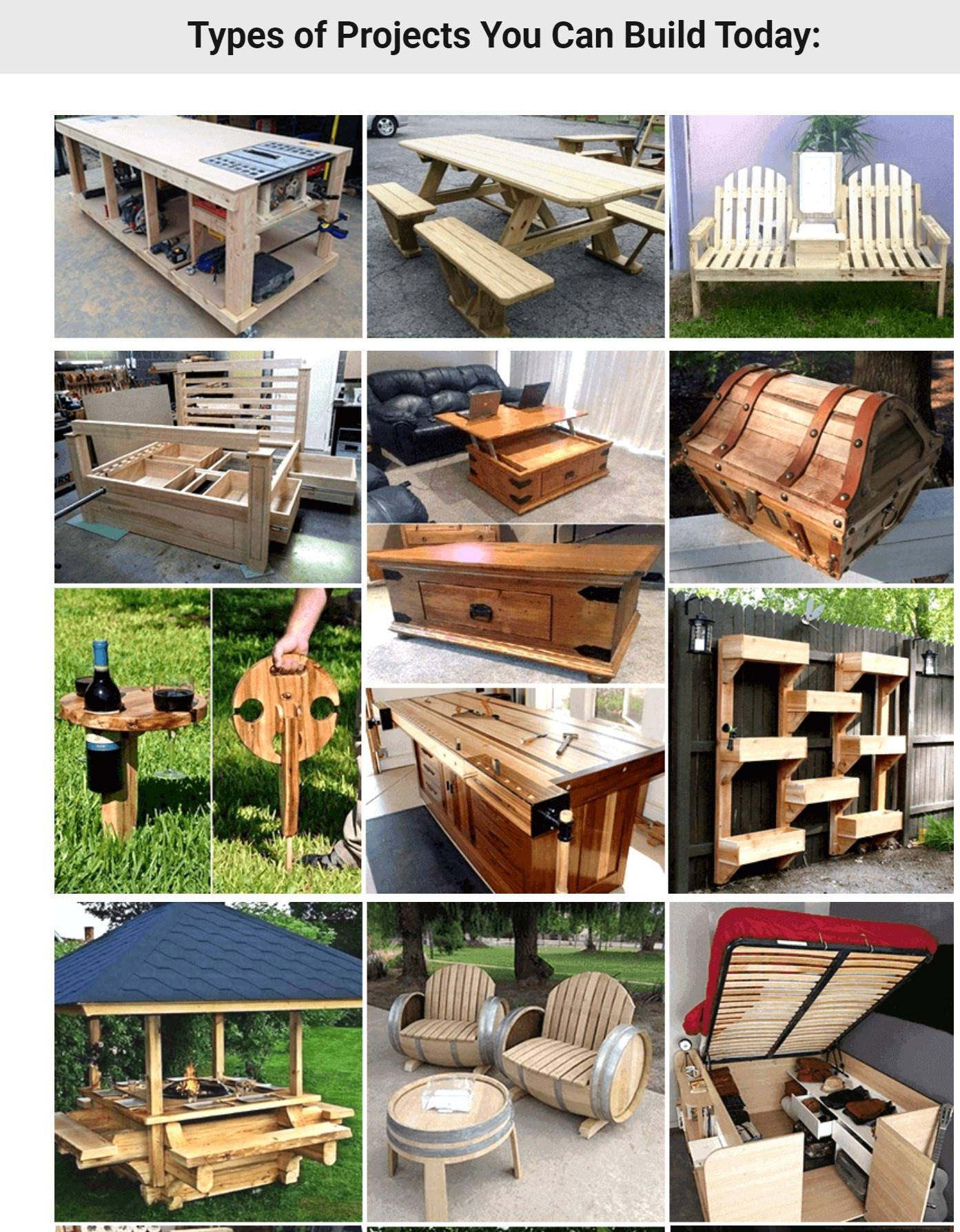Digital fabrication technologies like CNC routers, laser cutters, and 3D carvers are revolutionizing woodworking by automating machining and design. These computer controlled systems allow fast precision cutting that expands possibilities. This article explores the digital woodworking landscape and how hobbyists or small shops can leverage these advanced tools.
Contents:
- CNC Routers Overview
- Laser Cutter/Engravers
- 3D Carver Systems
- Digital Design and CAD
- Ideal Uses and Projects
- Affordable Options
- Hybrid Workflows
- Digital Craft Considerations
Integrating digital woodworking into workflows provides new creative avenues alongside traditional hand skills.

CNC Routers Overview
CNC routers use automated drill bits and cutters to fabricate or carve designs from wood:
- Computer Numerically Controlled (CNC) via predefined digital file designs
- High RPM spindle precisely directs rotary cutter across x/y axes
- Commercial sizes range from benchtop to industrial 5×10’+ work envelopes
- Capable of complex 2D and 3D geometries unattainable manually
Cutting Capabilities
- Pocketing, drilling, edge profiles, carving, surfacing, and much more
- Swappable cutters for various needs – surfacing, v-bits, ball nose cutters, and specialty bits
- Rotate 4th axis for unique contours and 3D relief
Ideal for:
signs, cabinets, furniture, decorative panels, sculpture, musical instruments, prototypes, and custom carpentry
CNC automation allows rapid iteration informed by a project’s evolving digital model.
Laser Cutter/Engravers
Laser cutter/engravers direct intense laser light to pattern or remove material:
- CO2 lasers vaporize wood via thermal heat up to 1” depth
- Raster engraving marks graphics and textures into wood surface
- Vector cutting penetrates through entire workpiece following outlines
- Ideal for flat work like ornamentation, inlays, marquetry, puzzles, and papercrafts
Capabilities
- High precision with very narrow kerf cuts under 0.1mm
- Handle intricate cutouts and living hinge elements unfeasible with blades
- Varied raster effects like photorealistic engraving and 3D relief carving
Great for:
decorative veneers, intarsia, seals, models, customized branding, and precision wood machining
Lasers complement conventional woodworking for novel applications requiring intricate non-contact machining.
3D Carver Systems
3D carvers use rotary cutting to sculpt forms from round stock:
- Spinning chuck holds block of wood rotated against movable cutter head
- Subtractively carve 3D objects designed in CAD based on toolpaths
- Unique contour following ability ideal for artistic sculptures, furniture parts, decor elements
Types
- 3 axis – X, Y, Z motion. Basic shapes and reliefs.
- 5 axis – Adds tilting/rotating capabilities for sophisticated contours
Applications
- Sculptures, lamps, table legs, newel posts, ornamental pieces
- Scale models, prototyping forms quickly
- Custom chairs, headboards, and modern furnishings
- Anything imaginable from a digital 3D model
3D carving brings automation and consistency to repetitious components impossible to duplicate manually.
Digital Design and CAD
Computer aided design (CAD) programs model plans transferred to CNC machines:
- Vector and raster graphics formats
- 3D surface and solid object modeling
- Simulate toolpaths for programming machines
Popular software options
- Vectric Aspire – Specialized 3D CNC design with toolpath simulation for precision parts
- CarveCo – Affordable full-featured modeling-to-Gcode conversion for CNCs
- Fusion 360 – Advanced BIM/CAD with integrated machining modules
- Adobe Illustrator/Photoshop – Design elements combined into laser layouts
- Inkscape – Free open-source vector graphics editor
Embrace digital craft as a complement expanding creative potential. Don’t allow it to replace foundational wood skills.
Ideal Uses and Projects
Digital fabrication helps when:
- Taking a concept design to full production readiness
- Streamlining repetitive steps; cut multiples rapidly
- Precision needed beyond human or machinery capability
- Creating complexes geometries difficult manually
- High part accuracy and consistency desired
- Requiring intricate carved 3D contours
Ideally leverage to enhance works combining both traditional woodcraft and technology.
Affordable Options
Compact hobbyist models bring digital fabrication within reach:
CNC Routers
- BobsCNC (#CommissionsEarned)– Well supported DIY kit
- PrintNC – Open source CNC design you assemble
- Stepcraft D-Series – Quality benchtop CNC router
- X-Carve – Makerspace standard starter CNC
Laser Cutters
- NEJE Master 2S Max – 20w hobby laser engraver
- OMTech 50W – Versatile laser cutter and engraver combo
- GlowForge – Innovative enclosed 45w laser cutter system
- FLSUN Q5 – Laser + rotary axis 4-in-1 combination
Technology costs continue decreasing, placing advanced fabrication into DIYer hands.
Hybrid Workflows
Seek harmonious blending of traditional craft and modern tech:
- Designs still created through sketching concepts by hand
- Leverage CNC for precision components or duplicating multiples
- CNC machining followed by hand applied finishing touches
- Laser cut veneers and inlays integrated into hand built furnishings
- Sculpted digital forms finished with hand carved embellishments
- Traditional joinery enhanced by CNC cut box joints or dovetails
Balance automation benefits without losing connection between maker and wood.
Digital Craft Considerations
Understand the differences adopting computer controlled fabrication introduces:
Design Approaches
- Creates newfound reliance on digital skills and 3D thinking
- Can distance designer from hands-on material understanding
- Easier to generate excessive complexity just because it’s possible
Skill Translation
- Enables those lacking traditional abilities to produce advanced work
- Reduces haptic feedback and intimacy with the wood medium
- Difficulty envisioning CNC paths can be limiting without exploring manually first
Perception Changes
- Erodes reverence for highly hand crafted classic techniques
- Design originality can be conflated with programming mastery
- Makers viewed more as computer operators than artisanal wood crafters
Creatively embrace technology but don’t lose connection with foundational woodworking knowledge.
For more on essential woodworking skills see:
Thoughtfully incorporating digital woodworking as a design asset creates new realms of possibility while respecting irreplaceable hand skills passed down through generations of woodworkers.
Please write in English language.



